We’re nearing the end of our phonics series, and it’s time to get down to the nuts and bolts. What exactly should phonics lessons look like in your classroom?
Today we’ll look at how to meet the needs of all your students using small group instruction.

My first year of teaching first grade, I was required to use a very explicit, scripted phonics program.
It was a fail.
Full disclosure: At the time I was a balanced literacy teacher and didn’t see the value in explicit phonics instruction. However, even if I had believed in the value of the content, teaching it to the whole class just wasn’t practical.
I had one student who didn’t know all her letters, two students who were reading fourth grade chapter books, and 15 students whose skills were somewhere between these two extremes.
The whole class lessons were useless to my advanced readers, who needed a much bigger challenge.
Meanwhile, the lessons moved too fast for my struggling readers.

Teaching phonics to the whole class wasn’t working.
Why teach foundational skills in small groups?
In a Reading Rockets article researcher Timothy Shanahan writes, “Small group instruction tends to be more effective than whole class teaching. In small groups, it’s easier for kids to stay focused, for teachers to notice error or inattention, and there is more opportunity for interaction and individual response.” (Source: Do We Teach Decoding in Small Groups or Whole Class?)
In the article, Shanahan refers to studies that looked at small group teaching; the studies concluded that kids who had small group phonics teaching had bigger outcomes than those who had just whole group phonics teaching.
To be clear, Shanahan seems to refer to the practice of teaching the grade-level skill to the whole class first, and then differentiating in small groups on an as-needed basis.
But to me, It just makes sense to teach these crucial skills in small groups to start.
In their book, How to Plan Differentiated Reading Instruction, Sharon Walpole and Michael C. McKenna write that the benefit of this approach is that “no students who have already mastered foundational skills for their grade level will receive redundant, time-wasting instruction.”
When this topic was brought up in a large Facebook group, one person didn’t feel that it’s a problem for advanced readers to receive redundant teaching. “Is it really so bad to be bored for 20 minutes a day?”
I don’t think boredom is the issue. The issue is not giving students what they need.
Students who have limited phonics knowledge need focused time with their teacher to master it.
Students who are farther along need instruction on more advanced skills.
Intentional small group phonics lessons are the key.
Common questions about teaching small group phonics lessons
You might be thinking … how am I going to fit these into my day? I can teach the whole class phonics lesson in 30 minutes, but small group lessons will take longer since I’ll be seeing multiple groups.
Other common questions include:
- How should I form my groups?
- How many groups should I have?
- How often should I meet with each group?
- What should I do with each small group?
- What are the rest of the students doing?
- And what should the rest of my reading block look like?
How to form small groups for phonics lessons
- Give your students a phonics assessment that includes nonsense words (because nonsense words will help you know if they’ve truly mastered the phonics skills). You can grab mine below.
- After reviewing the results, work with the other teachers in your grade level to put students into small groups based on what they’re ready to learn next. Next, each of you should make sure to schedule your small group instruction time at the same time of day. This way, you can work with these teachers and others (Title 1 teacher, literacy coach, reading interventionist, etc.) to teach the groups. Each person should teach just 1-2 groups daily, so that each group can receive a good 20-30 minutes of daily Tier 1 instruction in foundational skills. This is called the “Walk to Read” model, and you can learn more about it here.
- If you are a single teacher teaching all groups, you’re in a bit of a bind. Students should receive phonics instruction every day, and that may not be possible if you have four or more groups. You may need to teach a whole group phonics lesson first and follow up with students who need extra support. Always start small group time with the students who need the most support.
- Decide how you will label your groups. I prefer to label groups by color because you can easily color-code their center activities. (Just be careful to use friendly colors like blue and green for your lower groups rather than “caution” colors like yellow or red. Just my opinion!)
- Start implementing small group teaching!
How to determine a small group teaching schedule
Ideally, you will be grouping students across the grade level so that each teacher only needs to teach 1-2 groups per day. Here’s what it might look like in a school with three first grade classrooms, a Title 1 teacher, and a reading interventionist.

Let’s say you only have one other person to help you teach your small groups. The schedule could end up looking like this:

But what if you don’t have extra support?
As stated earlier, all students should receive phonics instruction daily. When a single teacher is responsible for all the small groups, this becomes very difficult to achieve.
If this is your situation, it is probably best to teach a whole group phonics lesson and then follow up with students who need extra support.
(But don’t give up! Talk to your admin about getting additional support so you can implement a version of the Walk to Read model.)
What to do with your small groups
If you take 3 days (a total of one hour) for each new skill, 20-minute lessons could look like this:

The warm-up could include:
- Visual drill of previously learned sound-spellings (flash cards)
- Auditory drill of previously learned sound-spellings (writing in sand)
- High frequency word review
- Quick phonemic awareness activity
Teaching the new skill should include:
- Explicit teaching of the new concept (whether this is alphabet knowledge, a new grapheme such as ai, or a syllable division strategy)
Blending/Word work could include:
- Blending lines
- Word building with letter tiles
- Word sorting
- Word ladders
High frequency word instruction could include:
- Introducing new words by focusing on the phonemes and graphemes
- Giving attention to the “tricky part” of each word
- Practice writing the new word(s)
The connected text portion of the lesson could include:
- Reading lists of words that feature the new sound-spelling
- Reading a decodable passage or paragraph that feature the new sound-spelling
- Reading a decodable book that features the new sound-spelling
The dictation portion of the lesson should include:
- Dictation of words with the featured pattern; students can write on paper or on dry-erase boards
- Checking the spelling and helping students fix errors
- Dictation of sentences with the featured pattern
- Helping students check their sentences for accuracy
What could the rest of the reading block look like?
If you can set aside two hours for reading instruction, it might look like this in a first grade classroom:
5-10 minutes: Oral language building (Morning message, shared reading, question of the day, etc.)
45-60 minutes: Small group differentiated instruction in phonemic awareness and phonics. Ideally you are working with other staff so that students are not spending large amounts of time at centers; if you have no support, you may need to start with a whole group lesson and differentiate afterward.
20 minutes: Whole class vocabulary/comprehension (through interactive read aloud)
20 minutes: Writing in response to reading
10-15 minutes: Partner reading
Whew … that was a lot!
But one question remains.
What are the rest of the students doing while you teach small groups?
We’ll cover that next week in the final post of our 10-part phonics series!
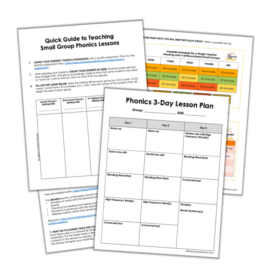
Get your quick guide to planning small groups!
YOU’LL LOVE THIS PRACTICAL BOOK!
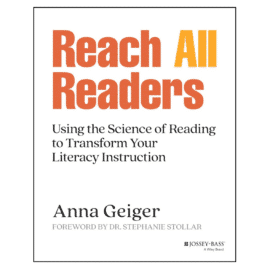
Looking for an easy-to-read guide to help you reach all readers? If you teach kindergarten through third grade, this is the book for you. Get practical ideas and lesson plan templates that you can implement tomorrow!
Check our the rest of our phonics series!
Part 1Part 2Part 3Part 4Part 5Part 6Part 7Part 8Part 9Part 10

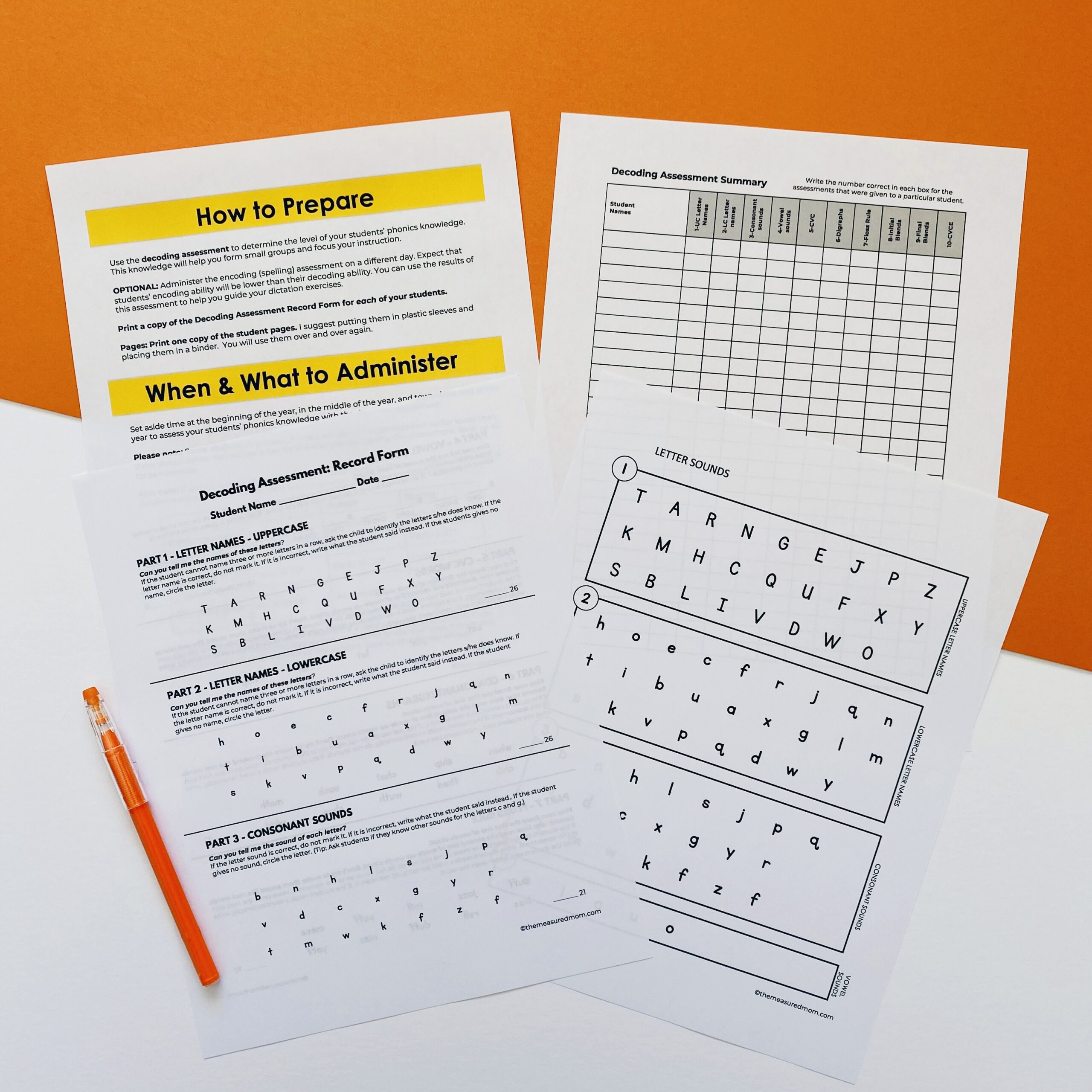
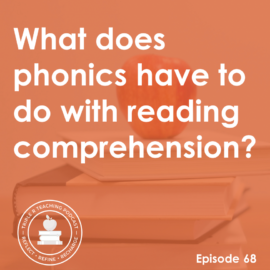
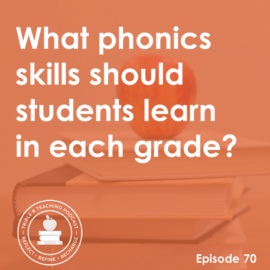
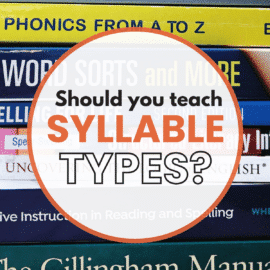
Sharon
Is there a link to the next topic about what the other children are doing groups. I can’t find it. Thank you.
Heather Groth, Customer Support
Hi Sharon! You can find the next post in the series at this link, https://www.themeasuredmom.com/phonics-centers-that-will-keep-students-busy-and-learning/. Thanks!
Malorie Heinlen
Thank you so much for your content! I teach reading intervention and have my small groups 5 days per week. Do you happen to have a 5- day template?
Anna Geiger
Hi Malorie!
Not at this time – I was thinking that 3 days should be enough for a new skill – so you could do Skill A M,T,W, and then the first two days of Skill B on Th, Fri.
Jo
I enjoyed this read. I was wondering what you recommend for fluency practice?
Anna Geiger
Great question, Jo! It depends on the grade, but fluency practice could include:
-rereading decodable text
-reading partner plays or reader’s theater scripts
-practice high frequency word phrases
-reading timed passages
I recommend Tim Rasinki’s book, The Megabook of Fluency – so many ideas in there!
Carol
Anna, I LOVE this post! Your 3 day template for small group phonics lessons is so helpful. Thank you so much!
Anna Geiger
Thank you so much, Carol – I always appreciate your feedback!
Gina
Thank you so much for this post! I’ve been looking all over for this kind of guidance. In your sample schedule, you have “Connected Text” twice per week—Would you do repeated readings of one decodable text or use different texts with the same phonics ?
Anna Geiger
Hi Gina! I would probably work on the same decodable text for fluency, but if kids are doing well with it I’d move it to their practice bag of books for centers/independent reading and pull out a new one!